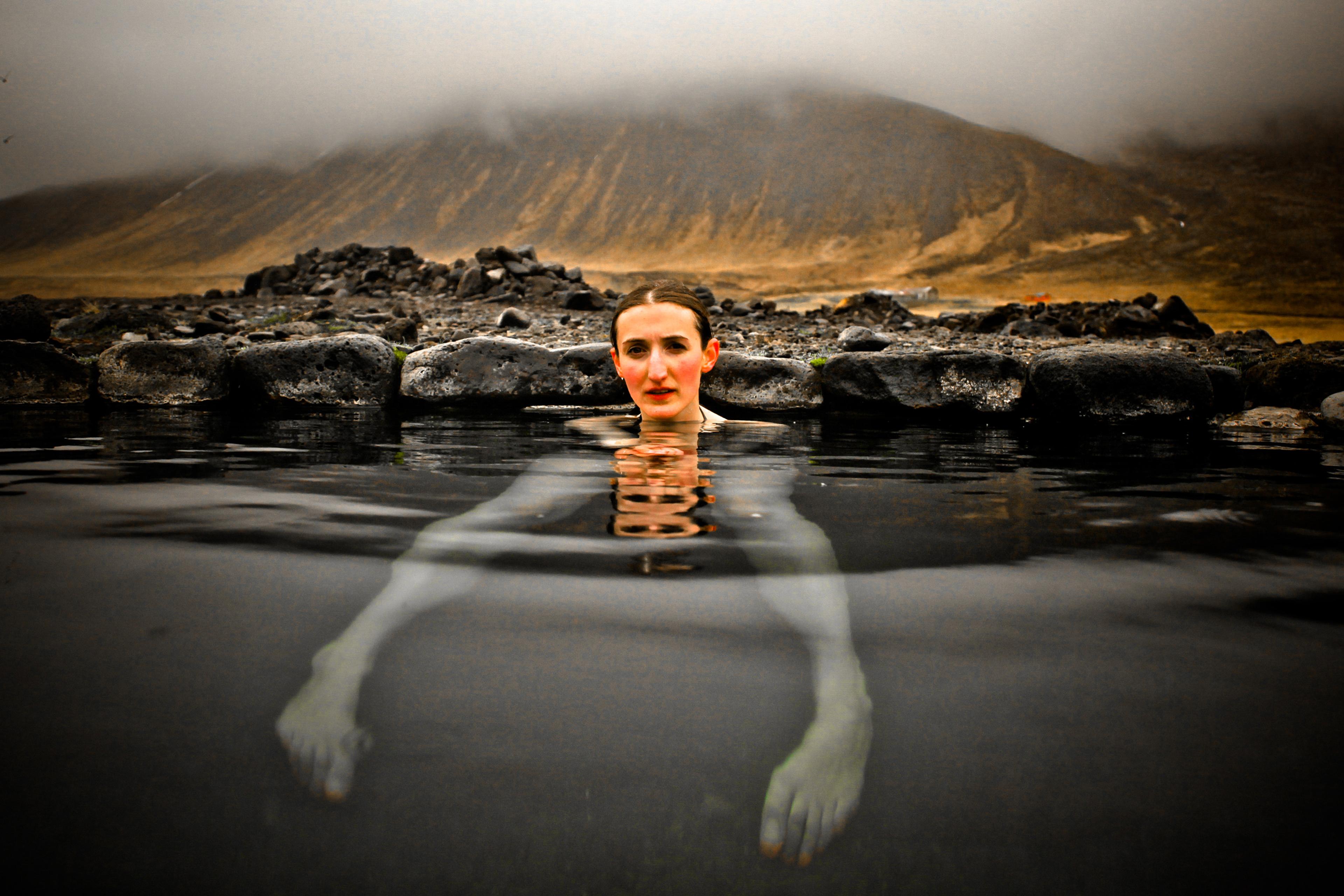‘Imagine a world without art. Now imagine if you were the one to help bring it back.’
On 22 August 1969, the Haida community of Masset, British Columbia gathered for their first totem pole raising in living memory. According to past elders, the small village located on the Haida Gwaii archipelago was once a ‘forest of totem poles’. However, by the 1960s, they’d all been torn down at the insistence of Christian missionaries. Also banned were the Indigenous ceremonies known as potlatches, which, for generations, had been instrumental in building community and passing down Haida traditions. So when the Haida artist Robert Davidson, then just 22 years old, took on the daunting task of carving and raising the village’s first totem pole in nearly a century, and holding a celebratory potlatch alongside it, the occasion sparked a renewed sense of artistic and spiritual purpose among the Haida people.
As a member of the National Film Board of Canada’s first all-Indigenous production unit, a young trainee named Barbara Wilson crafted a proposal to capture the momentous event with a focus on cultural renewal. But after the film was shot, Wilson and her team were sidelined during the editing process. The end result was a short documentary titled This Was the Time (1970), which, in the hands of a non-Indigenous post-production crew, missed the significant moment that the event had represented. Instead, told from a Euro-Canadian perspective, the film focused on the Haida as a people on the verge of extinction.
Released nearly 50 years later, the acclaimed short documentary Now Is the Time (2019) revisits and reframes the ceremony to capture its enduring spirit of rebirth. In the hands of the Haida filmmaker Christopher Auchter, the footage is restructured to tell the story of cultural renaissance that Wilson and her team had originally intended. Here, the somewhat patronising non-Indigenous narration of This Was the Time is replaced with unheard archival interviews from 1969. This footage plays out alongside new interviews with Wilson, Davidson and his brother Reg Davidson, who helped carve the original totem pole and was integral in bringing Auchter’s revision to life.
For this project, the original 35 mm film footage was digitally rescanned in 4K resolution, giving the images a clarity and vibrance to match the historic occasion they captured. Members of the Eagle and Raven clans are seen breaking their backs in the hot sun, working together to lift the totem pole, as curious children and elders watch over them, wearing a mixture of traditional red-and-black clothing and spiffy 60s garb. Later, we see and hear the community singing and dancing during the potlatch in a scene that, under Auchter’s caring direction, feels truly momentous. Auchter’s inspired project to revive this footage evokes the rituals it captured, each of them recovering a part of Haida history nearly lost to time, and forming a powerful display of cultural reclamation and celebration.
Written by Tamur Qutab







